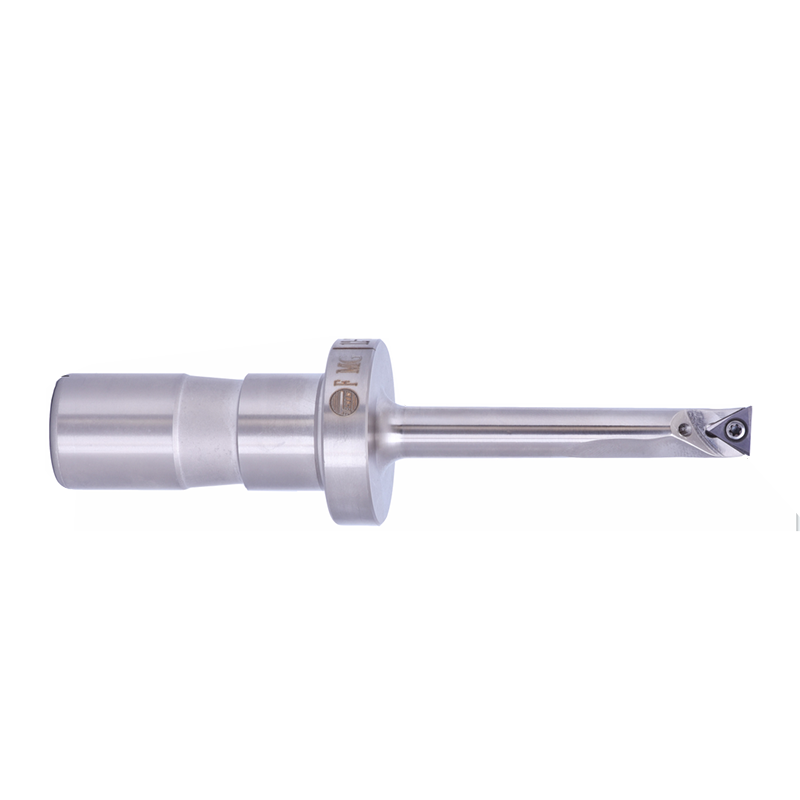What are Fine Boring Tools Used for?
2024-06-29
Fine boring tools are precision cutting instruments that play a crucial role in various machining operations, particularly when extreme accuracy and precision are required. specialized These tools are used to achieve holes with tight tolerances and exceptional surface finishes, ensuring that parts fit together precisely and function optimally. Here's a closer look at what fine boring tools are used for and some of their key features.
Industries that Rely on Fine Boring Tools
Fine boring tools are widely used in industries that demand high levels of accuracy and precision in their products. This includes the automotive industry, where components must fit together perfectly to ensure the smooth operation of vehicles. Aerospace is another industry that relies on fine boring tools, as aircraft parts need to be manufactured with extreme precision to meet safety standards. Medical device manufacturing also requires the use of fine boring tools to create parts that can be safely and effectively used in surgical procedures. Additionally, tool making and precision machinery manufacturing often utilize fine boring tools to produce high-quality tools and components.
Key Features of Fine Boring Tools
Accuracy and Tolerances: Fine boring tools are designed to achieve extremely tight dimensional tolerances and high levels of accuracy. These tools are capable of producing holes with precise diameters and minimal deviation from the intended specifications, ensuring that parts fit together precisely.
Surface Finish: In addition to accuracy, fine boring tools create smooth and high-quality surface finishes inside the bored holes. This is crucial for applications where parts need to slide or rotate smoothly or where friction needs to be minimized. The smooth finish also reduces the risk of wear and tear, extending the life of the component.
Stability and Rigidity: Fine boring tools are designed with stability and rigidity in mind. This helps minimize vibration and deflection during the cutting process, ensuring that the tool maintains its accuracy and doesn't deviate from the desired path. The stability of these tools also allows for faster cutting speeds, improving efficiency.
Adjustability: Many fine boring tools feature adjustable mechanisms that allow machinists to fine-tune the diameter of the hole within small increments. This adjustability is crucial for achieving precise dimensions and accommodating variations in material thickness or hardness.
Multi-Edge Inserts: Fine boring tools often utilize multi-edge carbide inserts with precise cutting geometries. These inserts can be rotated or replaced when they become worn, extending the life of the tool. The use of carbide inserts also ensures that the cutting edges maintain their sharpness for longer periods of time, resulting in improved cutting performance and surface finish.
In summary, fine boring tools are precision cutting instruments used in various industries to achieve extremely accurate and precise holes with tight tolerances and excellent surface finishes. Their key features include accuracy, surface finish, stability, adjustability, and the use of multi-edge carbide inserts. By utilizing these tools, machinists can produce high-quality components that meet the demanding requirements of their respective industries.

 English
English Español
Español  Português
Português  русский
русский  Français
Français  日本語
日本語  Deutsch
Deutsch  tiếng Việt
tiếng Việt  Italiano
Italiano  Nederlands
Nederlands  ภาษาไทย
ภาษาไทย  한국어
한국어  Malay
Malay  Dansk
Dansk  Suomi
Suomi  Pilipino
Pilipino  Türkçe
Türkçe  العربية
العربية  ελληνικά
ελληνικά  Latine
Latine 



